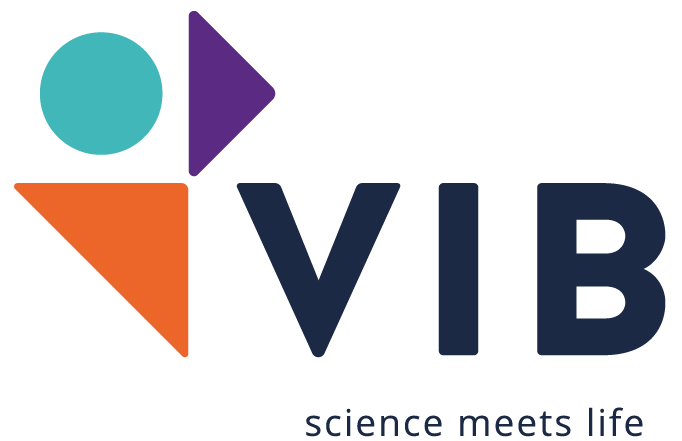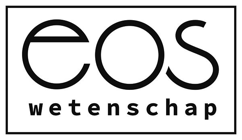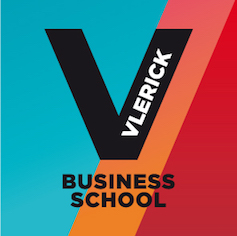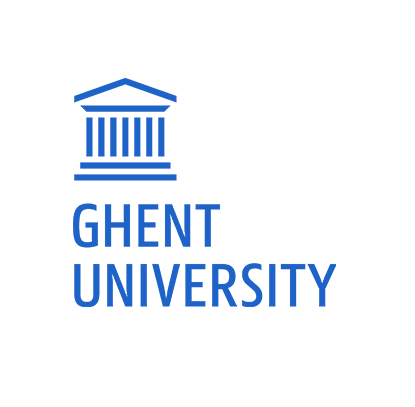How many antibiotics are in manure, soil, water and vegetables?
How many antibiotics are in the environment? And which antibiotics can be found? The Flanders Research Institute for Agriculture, Fisheries and Food (ILVO) thoroughly mapped this out for the first time. What emerged? "Antibiotics are widespread in the environment. We often find them in manure and in the soil, sometimes in fairly high concentrations. This is less the case in water and vegetables," researcher Geertrui Rasschaert explains.
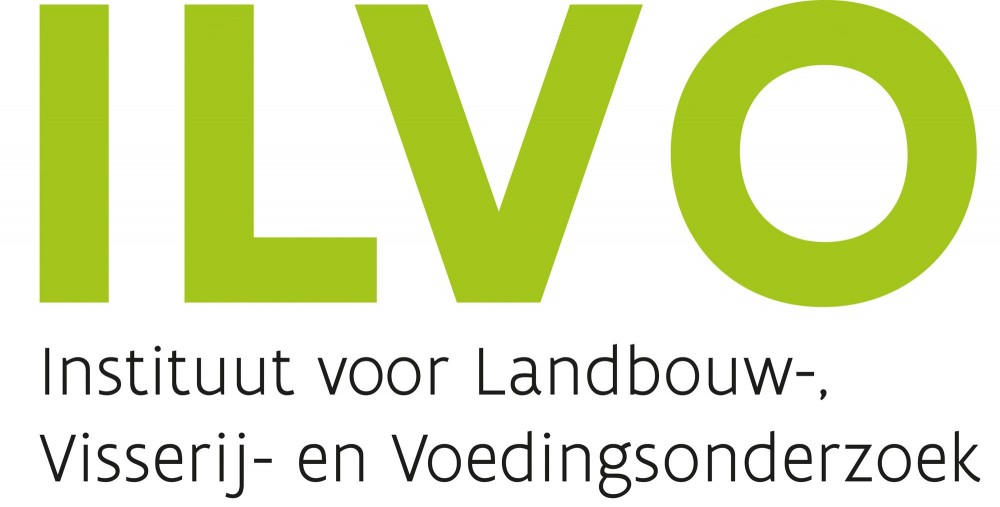
About us
Science Figured Out lures scientists out of their trusted lab or office space and places them in front of a camera with a clear task: inform the general public in a clear 3-minute pitch about your research!
The project is an initiative of the non-profit SciMingo
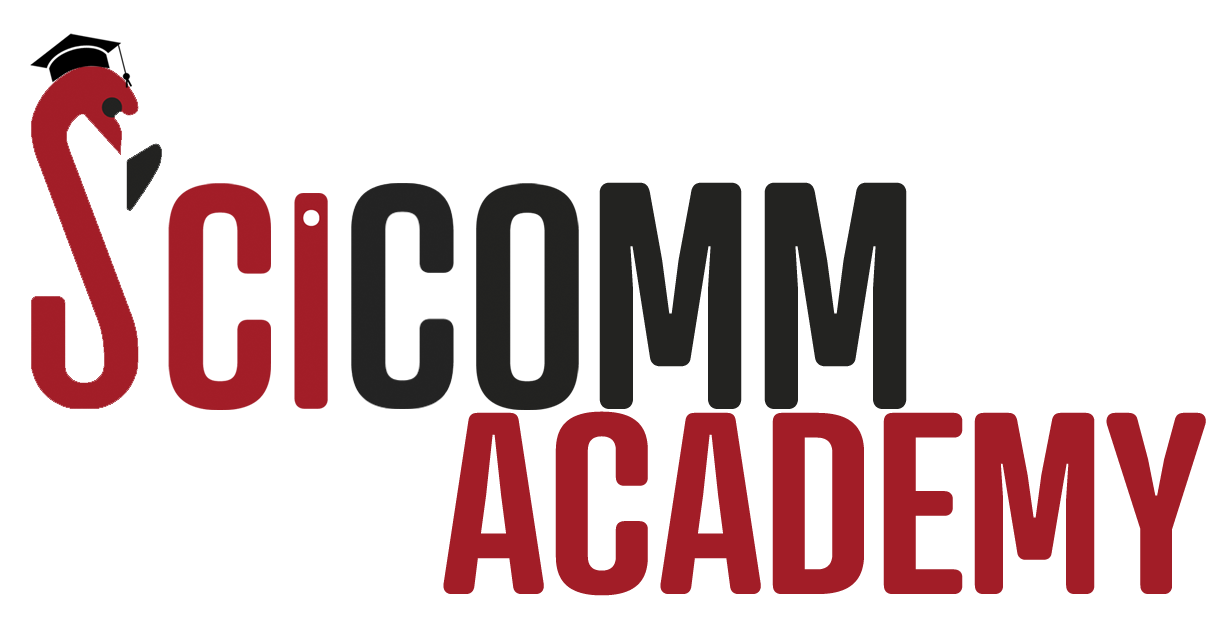
Do you want to record a Science Figured Out movie about your research?
Follow the video & pitch course via our SciComm Academy
Search videos
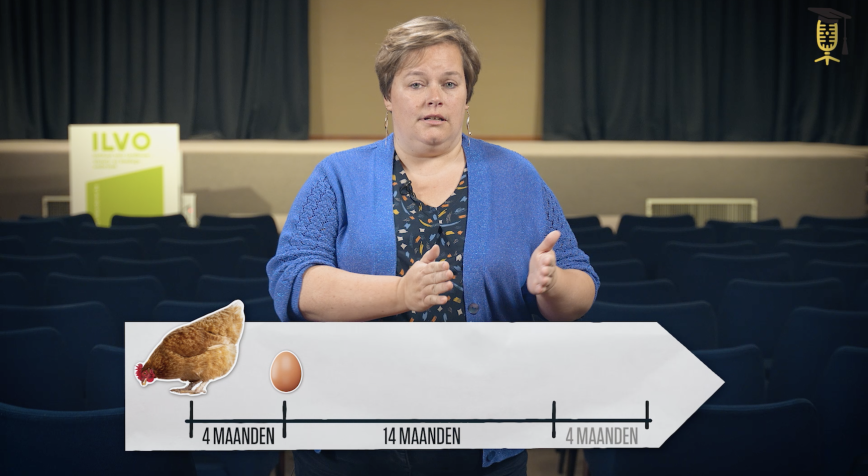
ILVO
How can we support old laying hens to keep laying good eggs for longer?
Did you know that laying hens stay on a laying farm until they are 18 months old? "But maybe this could be 4 months longer, provided their health, welfare, and egg quality are still fine," says Karolien Langendries (ILVO). Together with her colleagues, she investigates what support old laying hens need so that they can lay good eggs for longer.
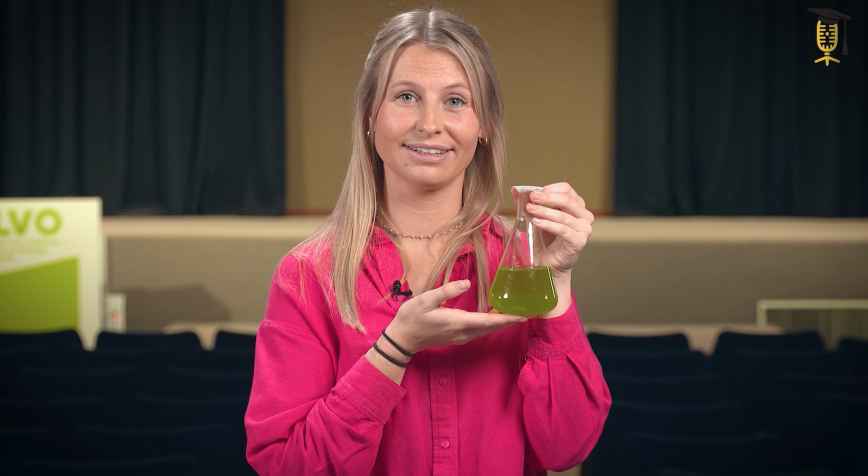
ILVO
FWO
UGent
The green gold of the future
Why do scientists sometimes call microalgae "the green gold"? Well, in addition to biofuels and astronaut food, you could use them to make sunscreen. These tiny algae contain substances that protect them from sunlight, which can also come in handy for humans. Unfortunately, they don't naturally produce enough of those substances. Elke Vereecke researches how to grow microalgae packed with those sunlight-protecting components.
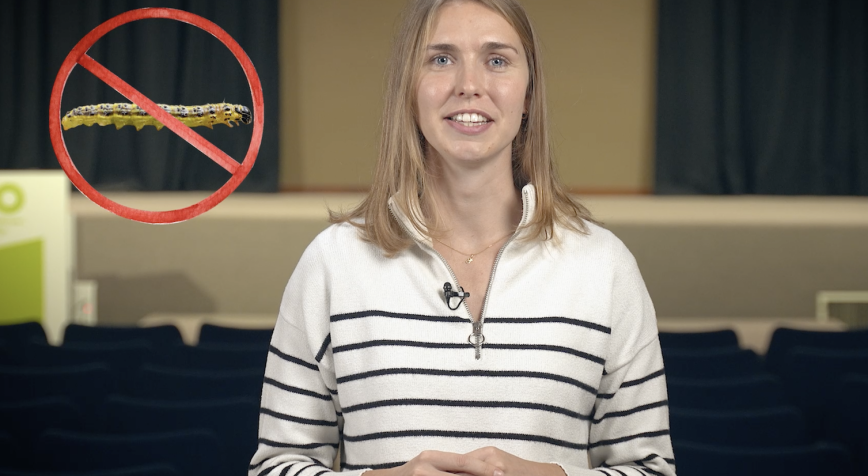
ILVO
KU Leuven
Is Japanese holly a good alternative to boxwood?
Away with bare boxwood bushes! The infamous boxwood moth went on a rampage in Flanders in recent years 🐛🌳 But don't panic! Meet Japanese holly, a robust alternative that is immune to these voracious caterpillars. The catch? The soil in many Flemish gardens is not acidic enough for this shrub to grow well. Bioengineer Esther Geukens will therefore tinker with the plants and the soil so that Japanese holly can thrive here.
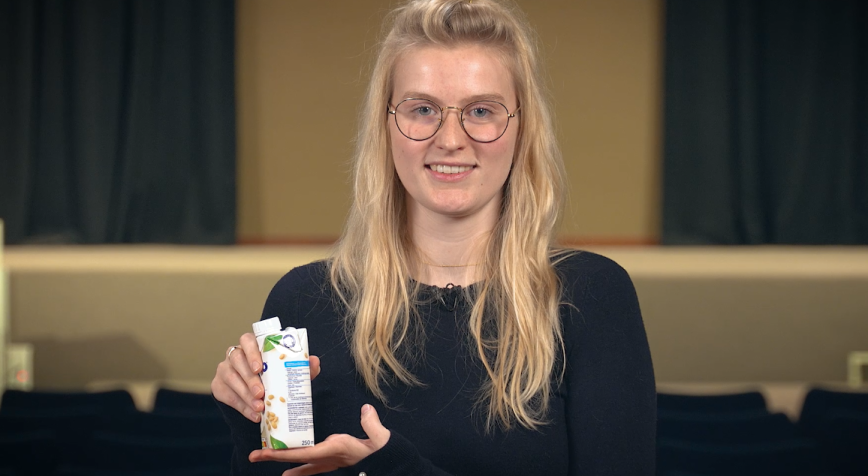
ILVO
Soy 'made in Belgium'
Soy, that's a crop grown in tropical countries like Brazil, right? Not if it depends on Margo Vermeersch (ILVO) and her colleagues. They want to grow soy in Belgium, so that in the future we will have to import less than the current 700,000 tons of soy per year. Margo is convinced: with a little more patience, we will soon be able to enjoy Belgian soy drinks! Watch the video.
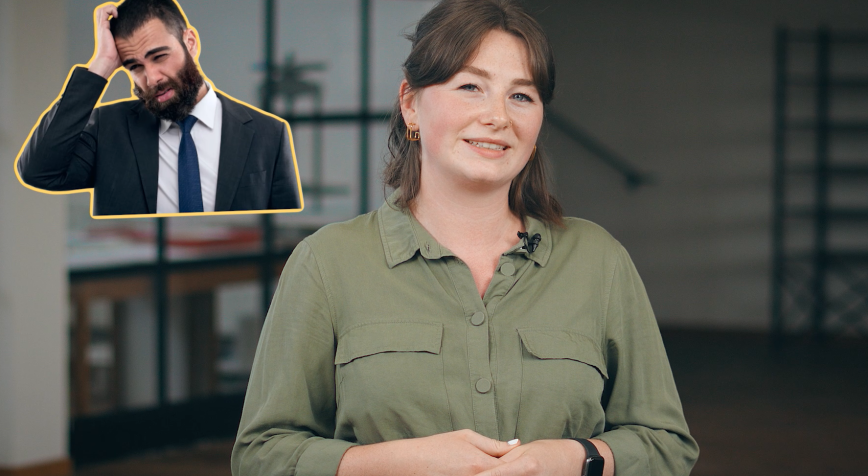
UGent
A feedback culture tailored to your organization
"Top presentation yesterday! 👏 But that one slide with all those numbers could be slightly clearer." Feedback at work is crucial to your professional growth. But asking for it and giving it isn't always easy. Shana Mertens looks at how organizations can ensure that asking, giving, receiving, and using feedback becomes natural.
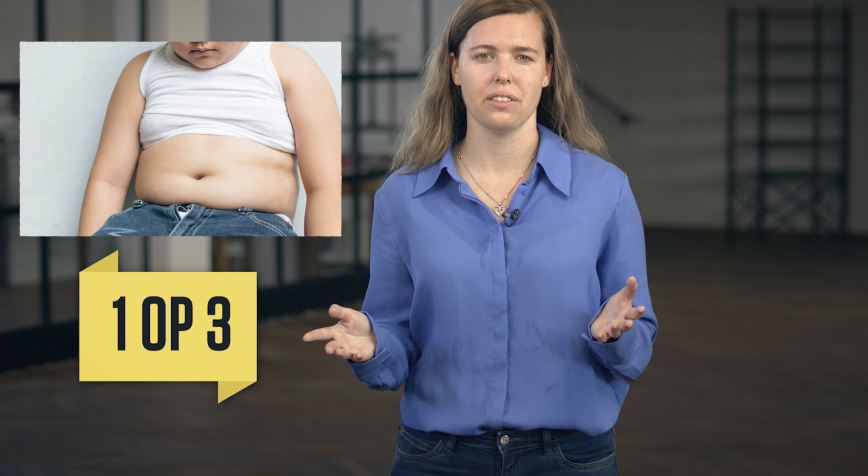
UGent
Is the solution to obesity in the stool?
As many as 1 in 3 children struggle with being overweight. The solution seems simple: eat healthier and exercise. "Yet we find that this standard approach makes little difference in the long term," explains Kimberly De Windt. The key to helping these children may well lie in ... their stool 💩




